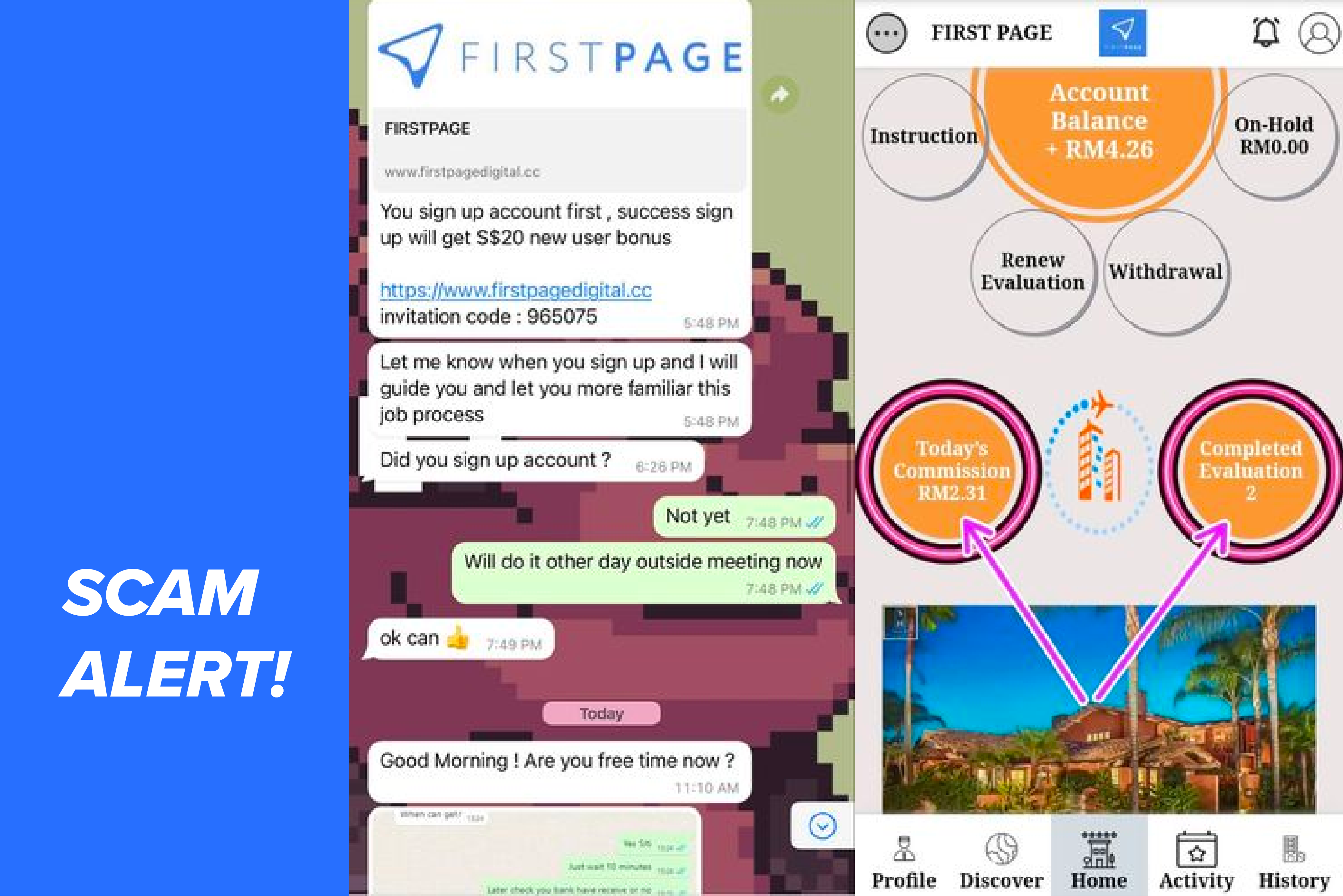If you’re thinking about starting a blog for your business. This article could provide you with the foundations for a practical and useful blog for your business.
Why Bother with a Blog?
First, blogs are a great way to connect with your audience and advertise your goods and services. In fact, long-form content could help sell your brand, showcase your business culture, build trust as well as fuel your SEO.
Blogs don’t have to be all about your business. The articles can be fun too! Your content could also include lifestyle articles that are relatable to your impressionable audience – this could help boost online traffic to your website.
If you’re thinking of setting up a blog, read on for some helpful do’s and don’t’s that could help you make a good first impression on your audience and keep traffic high.
DO Use Keywords
Keywords, keywords, keywords.
Not only are keywords the basis of SEO, but they also help keep your content relevant and focused. Using competitive and high-traffic keywords could improve your chances of getting picked up by Google. Furthermore, keywords will reach out to your target audience and showcase your brand as well as goods and services.
Click here for a beginner-friendly guide to keywords by Search Engine Journal’s Roger Montti if you’re starting a business blog for the first time.
DON’T Spam Keywords
Nobody likes spam.
While keywords could help optimize your website, excessive use of the same keyword could risk your website getting slapped by Google. Spamming keywords, or Keyword Stuffing, makes your blog seems unnatural. It also illustrates poor linguistics and incompetence. It makes a poor first impression on your new users who are at your website for the first time.
In some cases, keyword stuffing could also come across as hard-selling.
DO Post Regularly
Keep updating your blog with relevant content (try to post an article at least once a week). This keeps your website alive and your audience engaged. The more content you have, the better your chances of optimizing your website.
Create a posting schedule and stick to it. Try to be consistent in the type of content and the posting time each week.
DON’T Post Emotional Content
No one likes whiny and contentious content.
While emotional marketing can work to generate sales in some contexts, keep the emotions at bay to avoid sounding desperate or unprofessional.
Furthermore, avoid commenting on controversial news and shaming your competitors. It only makes your company look unprincipled and nosy.
DO Include your Business’ Social Media Platforms
Next, always include external links to your company’s social media platforms. This saves your audience time and effort to find your profiles on Facebook or Instagram. It also provides more opportunities for sharing on social media. On a broader scale, including “Follow” and “Share” buttons could help boost your brand awareness on Google and social media.
DON’T Steal Pictures
Plainly put, stealing pictures without crediting the source or paying for the picture is as good as plagiarism.
First of all, it’s illegal. You could actually get into trouble with the owner. In fact, even though millions of people might be stealing pictures for their own profits, stealing pictures online is still illegal and could put your company at risk of copyright infringements.
Don’t try to make excuses. Stealing is stealing, period. Click here for a good laugh about common excuses people give when they are caught stealing photos from Google!
Pay for free photos on Shutter Stock if you need quality pictures for your site! The picture in our header is one good example of pictures you can find on Shutter Stock.
DO Use Headings
All words in bold on this blog posts are headings.
Using headings keeps your content organized and guides your audience. They make your content more readable.
In addition, we could offer another sub-tip: include keywords in the headings. Doing so could increase your chances of getting picked up by Google. It’s great for your SEO and also makes your content stay relevant.
DON’T Use Poor Language
Bad grammar, narrow vocabulary and poor sentence structures are huge no-nos in blogging.
Poor language makes your company look incompetent and incapable. Moreover, content with poor language might also affect your SEO – as Google actually slaps thin content that is invaluable.
Engage an online proofreader that can help you proofread your content and right grammatical errors.

















